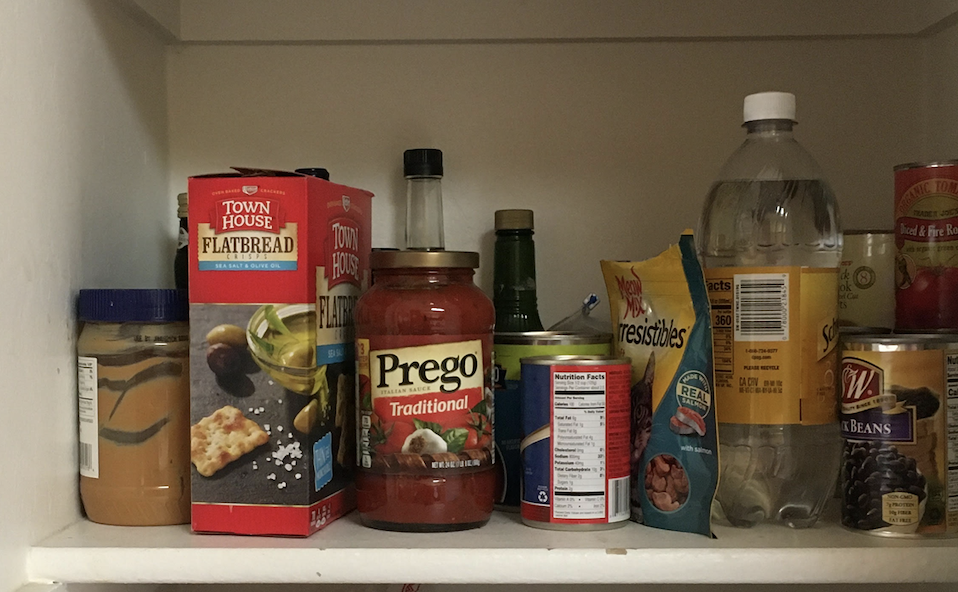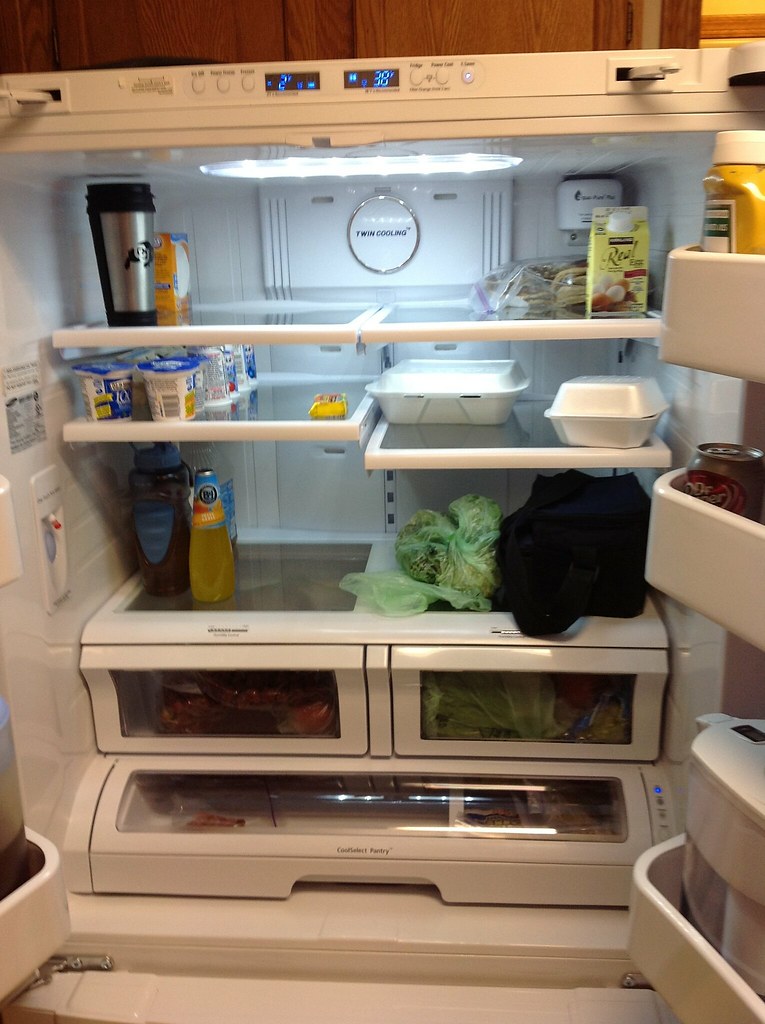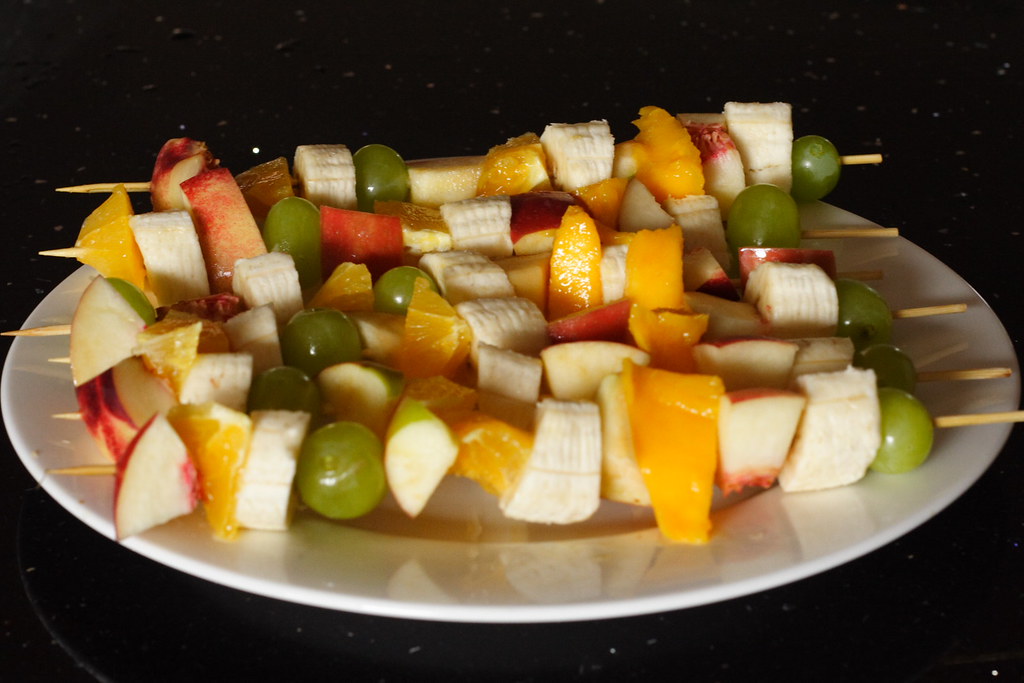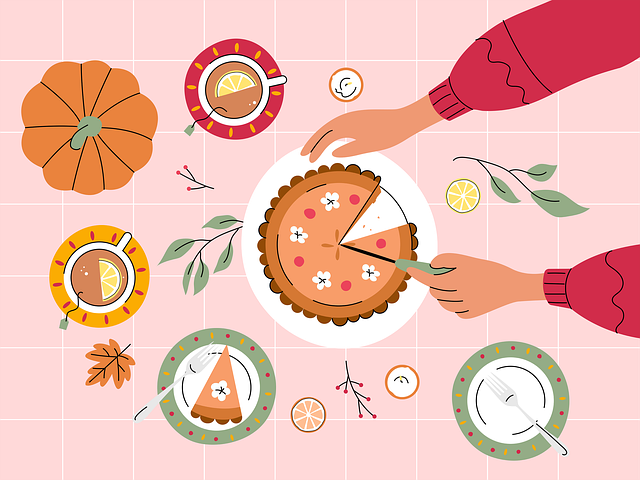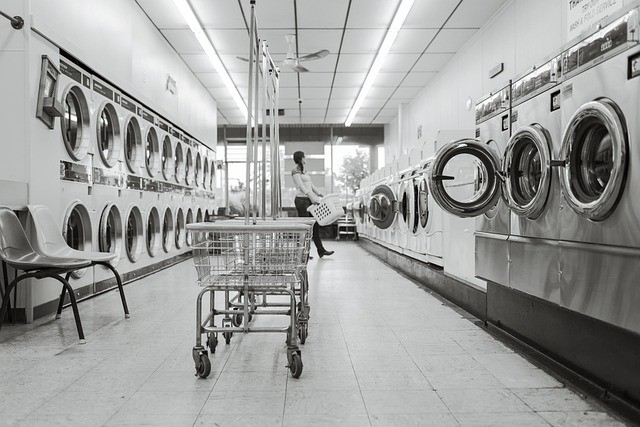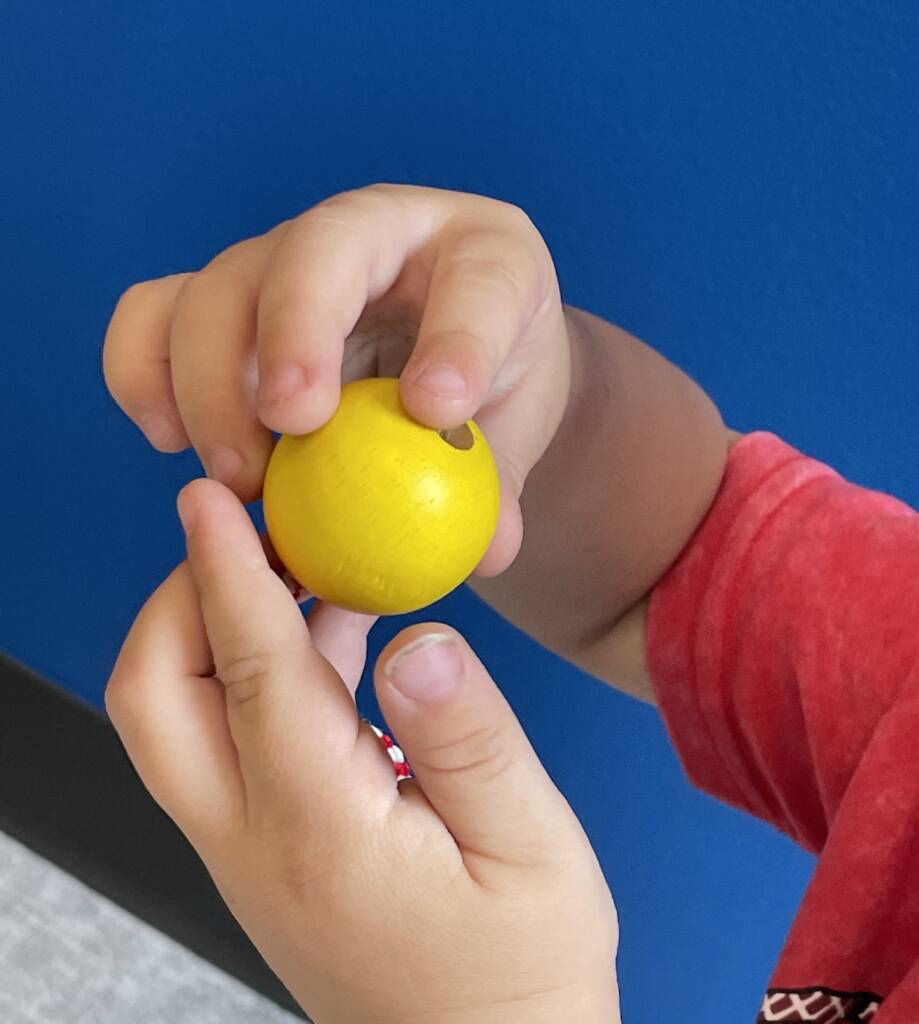Hello, Friend!
How much do you know about your kitchen? Here are some activities for you to do with your family to help you learn more about this important room in your house. After taking time to explore your kitchen, you will be ready to make some tasty treats!
Exploring the Fridge
Today, you are going to take some time to explore your fridge. Did you know that “fridge” is what many people call a refrigerator for short?
Do you know why we keep food in the fridge? If you open your refrigerator door, you will notice that the temperature inside the fridge is cooler than the temperature outside the fridge. The lower temperature inside your fridge prevents bacteria from growing on food, which reduces the length of time it will take for the food to spoil. If we were to eat food that is spoiled, it could make us sick, so it is a good thing that we have a safe way to store our food until we are ready to eat it!
As you explore your refrigerator, here are some points for you to ponder:
- How many shelves are in your fridge?
- What kinds of items do you keep in the door of your refrigerator?
- Did you know that there is a light in there that comes on when you open the door? Find out where the light is and how it turns on and off.
- How might you be able to label some of the foods in your fridge so that you can identify them?
- Did you know that you can change the temperature inside your refrigerator? Find out how to do that and think about why you might want to change the temperature.
- Name 6 foods that you found inside your fridge.
- What sorts of containers are in your fridge? This might include the containers that food comes in when you buy it at the store, or containers you may have put leftovers in at home.
- What are leftovers?
- Did you discover anything else about your fridge while exploring it? Does your fridge have any drawers or nifty little shelves with doors? What might those be used for?
- Many people put small items such as pictures, recipes, artwork, or grocery lists on the front or sides of their fridge. Find out if you have anything hanging on your fridge. They are probably stuck on with either with magnets or tape.
- It is common for food to accidentally drip or spill onto the shelves of the refrigerator. It is a good idea to take all of the food out of your fridge once in a while and wipe down the shelves with a paper towel and some spray cleaner. Take a minute right now and wipe down a shelf in your fridge.
- Be a good self-advocate by talking to your mom and dad to see if you can have part of a fridge shelf that is just for you! Fill your shelf with snacks such as yogurt, fresh fruit, or juice. By doing this, you will be independent in grabbing yourself a snack when you need one.
I hope you learned something new about your refrigerator today! Your next project will be to explore your freezer!
Learning About the Freezer
 Today you are going to learn something new about your freezer! Are you ready?
Today you are going to learn something new about your freezer! Are you ready?
- Is your freezer located above, below, or beside your refrigerator?
- How many shelves are in your freezer?
- Can you store food in the door of your freezer?
- Where do you think the coldest part of the freezer might be? What about the warmest part?
- Is there a light inside your freezer?
- Name 6 items that you have inside your freezer.
- Do you have ice cubes in your freezer? Do you freeze your own ice in molds, or do you have an icemaker that makes the ice for you?
- What could happen if you accidentally left the freezer door open for an extended period of time?
I hope you learned something new about your freezer today. Next exploration…your pantry!
Exploring Your Pantry
You have been spending a lot of time in your kitchen learning about your fridge and freezer recently! Now, let’s spend some time checking out your pantry. A pantry is a small closet in the kitchen where you store non-perishable foods or small cooking appliances. I keep my large stand mixer in the pantry because it is too big to fit inside a drawer or cabinet. You might even keep non-perishable foods either inside a small kitchen cabinet or on a Lazy Susan. A Lazy Susan is a tray or set of shelves that rotates, or spins, so that you can easily find the foods that are on it. Find out if you have a Lazy Susan in your kitchen!
So now, on to some questions about your pantry!
- What are non-perishable foods?
- Do you have a pantry in your kitchen? If you do, what style is your pantry? Is there a door with a knob that you use to open it, like the door to your bedroom or your classroom? Another style of pantry has 2 doors that open when you pull on the 2 small knobs on the front. These doors fold up like an accordion with the pantry shelves inside.
- Do you have a Lazy Susan in your kitchen? If you do, what does your family keep on it?
- Take some time to explore your pantry. Are there shelves? If so, how many? Is there anything else other than food inside your pantry? Some people might keep items that would be handy to have in the kitchen, such as a broom or rolls of paper towels inside. Would you need a step stool to reach the items on the higher shelves or can your reach the top shelf of the pantry without standing on something?
- What kinds of foods do you keep in your pantry? What kinds of containers is the food in? I bet the food that you keep in there comes in a variety of containers. What items are stored in glass? What items come in a box or bag? Some people transfer their food items to different containers when they come home from the grocery. Someone might pour their cereal from the cardboard box into a plastic container, or put spices into other small jars that fit into a spice rack.
- Name 7 food items that you found in your pantry. Many cans look and feel similar, so how might you label those items so that you know what is in them?
- What else have you discovered about your pantry?
- Be a good self-advocate by talking to your mom and dad to see if you can have part of a pantry shelf that is just for you! Maybe you have a bin or box around the house that you could put onto your shelf and fill with snacks. By doing this, you will be independent in grabbing yourself a snack whenever you need one.
I am sure you learned something new while exploring your pantry, and you may have even found a tasty treat to snack on while you were exploring! Next up…kitchen exploration!

Kitchen Exploration
You have really learned a lot about your kitchen recently, haven’t you? Let’s take some time to look at some of the other areas in your kitchen.
- How many drawers are in your kitchen? What do you keep in there?
- What about cupboards? Do you keep food, kitchen appliances, or something else in them?
- Speaking of kitchen appliances, can you name some appliances in your kitchen?
- Explore the countertops in your kitchen. Many people keep small, frequently-used appliances on the counter because they use them every day. What appliances are kept on your kitchen counters? Do you have an island in your kitchen? A kitchen island is a counter in the center of your kitchen that is not connected to any other counter. It is similar to an island in a lake, which is a piece of land that is surrounded completely by water and not connected to any other land.
- Do you have a drawer full of smaller kitchen tools? Explore some of the drawers and have your mom or dad talk to you about some of the smaller kitchen tools that you have. Some of my favorite kitchen tools include my soup ladle and my garlic press! Do you have either one of these in your kitchen? I make sure to keep covers on my sharp knives in my kitchen. I hope you have covers on your knives, too. Why would it be important to keep sharp knives covered up?
- What else can you tell me about your kitchen? Do you have an eat-in kitchen? What about a bar with high stools where you can grab a quick bite?
- Do you have a dishwasher? I hope you help your parents unload the dishwasher if you have one. If this has not been one of your chores yet, now that you have explored your kitchen and are familiar with where items are kept, you will be an expert at unloading your dishwasher and putting items back where they belong, and I know your parents will be grateful for your help!
A Fun Recipe to Make with Your Family
Now that you have begun learning about your kitchen, how about a fun recipe to make with your family?
Fruit Kababs
This healthy recipe for fruit kababs is a rainbow of fruit served on skewers with a yogurt dipping sauce.
Prep Time: 5 minutes
For this recipe you will need:
- 12 large raspberries or small strawberries
- 12 clementine orange segments
- 12 chunks of pineapple
- 12 pieces of kiwi
- 12 large purple grapes
- 1 cup of vanilla yogurt
- ¼ cup rainbow sprinkles, if desired
- 12 small skewers
Directions:
Step 1: Thread a raspberry, orange, pineapple, kiwi and grape onto 12 small skewers.
Step 2: Place the vanilla yogurt in a bowl and top with sprinkles if using. Serve alongside the skewers for dipping.
I hope you enjoyed your kitchen exploration and had fun ending it with a tasty treat!
Message to Families
Hello, families!
I hope you & your child had fun exploring your kitchen in detail. Here are some other activities for you to think about doing as a family:
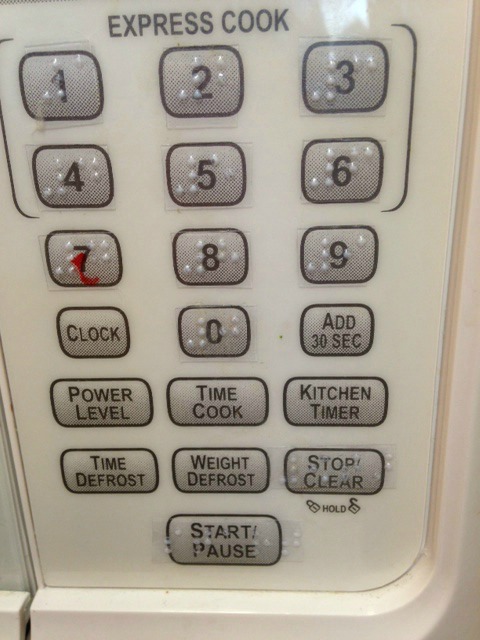 Consider taking some braille labels and labeling parts of your kitchen. You could braille the shelves in your pantry or label contents of other cabinets or drawers. If you have a microwave, how about adding braille labels so that it is easier to use the microwave by yourself? If your microwave has a “popcorn” setting, you could use a bump dot to label the popcorn button. By now, you also know where the large bowls in your kitchen are kept, so make some popcorn and put it inside a large bowl for sharing!
Consider taking some braille labels and labeling parts of your kitchen. You could braille the shelves in your pantry or label contents of other cabinets or drawers. If you have a microwave, how about adding braille labels so that it is easier to use the microwave by yourself? If your microwave has a “popcorn” setting, you could use a bump dot to label the popcorn button. By now, you also know where the large bowls in your kitchen are kept, so make some popcorn and put it inside a large bowl for sharing!
If you have had experience with using the stove or oven, you could label the different settings on those appliances, too. If you have not yet learned about using the stove or oven, you will learn some techniques from your Teacher of Students with Blindness/Low Vision to safely use those important appliances.
Does your kitchen have a “junk drawer?” Most kitchens have a drawer designated for storing various miscellaneous, small items of little value. You might find items such as paper clips, rubber bands, stamps, buttons, old coupons, or batteries. Make a list of 10 items that you find in your junk drawer.
Start a family recipe book of tasty snacks, treats, and desserts! If you know how to look up information on the internet, do a search to find some easy recipes. Start an online folder of recipes that you can refer back to, or braille out some recipes and keep them in a folder in the kitchen. If you read large print, print off some recipes in your preferred font size and keep them in a folder.
Now that you are familiar with your kitchen, what are some other areas you could explore in the same way? Maybe there are other areas of your house or parts of your classroom that you would like to become more familiar with. If you explore someone else’s kitchen, maybe your grandparents’ or another friend or family, think about how your kitchens are alike and also how they are different.


